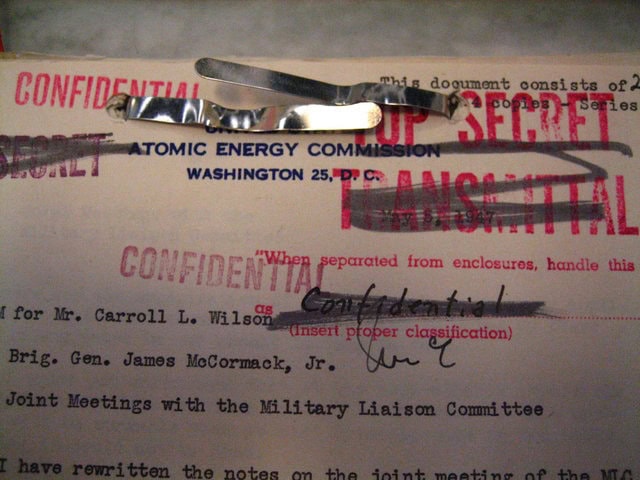The recent spate of government cutbacks and downsizing has lent an increased burden to one branch of government: the National Archives and Records Administration (NARA). As government agencies lose funding or go out of business altogether, they are sending an ever-expanding stream of records to the National Archives. Adding to the confusion is the fact that many of the records are, for the first time ever, in electronic format. Moreover, many of them come from the government agencies most closely associated with the growth of the welfare state in the 20th century. These records can be used in new ways by social historians and thus need to be managed differently from records received in previous years. In many ways, these current records-management problems are uncharted waters for the National Archives. For the academic community, the success of the National Archives in dealing with the problems is critical for future generations of researchers.
In order to plan for these challenges, the archivist of the United States, John Carlin, undertook a “strategic directions initiative.” After a series of meetings with archives staff members over the course of the past year, he drafted a 10-year plan for the archives entitled “Strategic Directions for the National Archives and Records Administration.” (Available from the National Archives home page on the World Wide Web: https://www.nara.gov/.) Finally, on July 2, 1996, he released the document to the public and invited a select group of representatives from major government agencies, scholarly associations, and other organizations. In two days of sessions, representatives from the AHA, the National Coordinating Committee for the Promotion of History, the American Political Science Association, and other professional bodies met with key archives personnel and officials from agencies such as the Central Intelligence Agency, the National Aeronautics and Space Administration, the Department of Housing and Urban Development, and the Defense Department to discuss the document.
Carlin’s opening remarks to the discussion group highlighted several of his concerns. First, he noted the growing expense of housing records; storing records currently accounts for 47 percent of NARA’s budget and is projected to grow to 60 percent by the year 2000. Second, he indicated his interest in providing “ready access to essential evidence,” while more efficiently managing archives facilities. As a means to achieving these goals, he proposed that the agency would take a more “front-end” approach to managing records—that is, the agency will begin to manage records from the point of creation, a process especially valuable with electronic records. Carlin also indicated a willingness to form new partnerships, both within and outside of the government.
At the discussion session, scholars voiced several concerns about the absence of detail—one participant called much of Carlin’s plan “pious good intentions.” On August 7, 1996, the archives released a revised version of the plan, with the bulk of the revisions designed to give better definition to some of the terms that participants had found vague. The revised document is an improvement, but it still lacks details. For example, the document hints at an ambitious-sounding “Internet communications options.” It is unclear exactly what this option would involve and what its relative priority is.
H Carlin and the NARA staff are successful in formulating and implementing their strategic plan, it is clear that important decisions will have to be made in the coming months. Scholars—who are only one part of NARA’s clientele—will want to be particularly aggressive in ensuring that their concerns are heard and made part of the strategic planning initiative. In a joint effort with the Society of American Archivists and the Organization of American Historians, the AHA has sent a letter to Carlin urging him to consult with scholars in the formulation of the plan.



